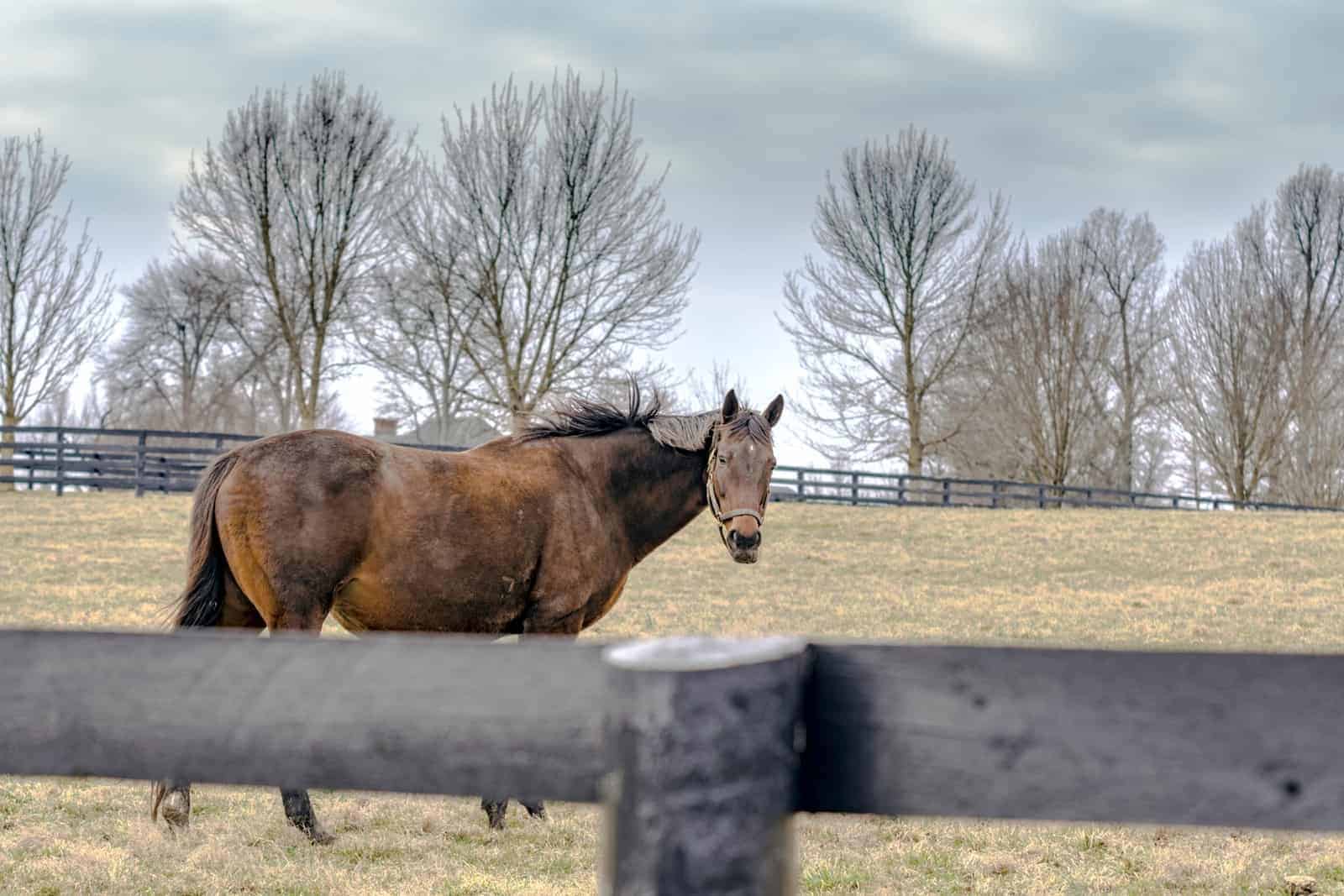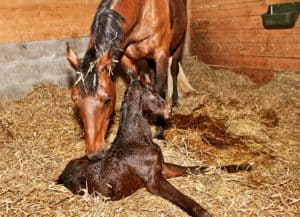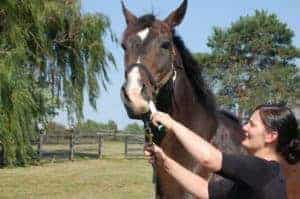Determining Equine Fetal Sex in Midgestation

Knowing whether your broodmare is expecting a colt or a filly can be fun for the curious hobby-breeder and even beneficial for professional breeders as they manage their business and plan their strategies. But sexing an equine fetus usually requires catching a very short span of gestational days in which the sex differences are visible via ultrasound. It can also mean sedating the mare, clipping her, and getting her in the hands of a sexing specialist.
Fortunately, though, researchers have confirmed that, by following a few recently described steps, veterinarians can sex fetuses over a much longer period and without clipping or sedating mares, scientists in Belgium said.
Traditionally, veterinarians have been restricted to determining fetal sex 60 to 70 days after ovulation; at this point, clinicians can typically identify an embryonic sex structure called the genital tubercle—which has a different position in female fetuses than in male fetuses—via transrectal ultrasound. After that period, the tubercle is more difficult to visualize due to the volume of the fetal fluids compared to the small fetus, said Margot van de Velde, PhD, of the Ghent University Faculty of Veterinary Medicine, in Merelbeke, Belgium
Create a free account with TheHorse.com to view this content.
TheHorse.com is home to thousands of free articles about horse health care. In order to access some of our exclusive free content, you must be signed into TheHorse.com.
Start your free account today!
Already have an account?
and continue reading.

Written by:
Christa Lesté-Lasserre, MA
Related Articles
Stay on top of the most recent Horse Health news with












